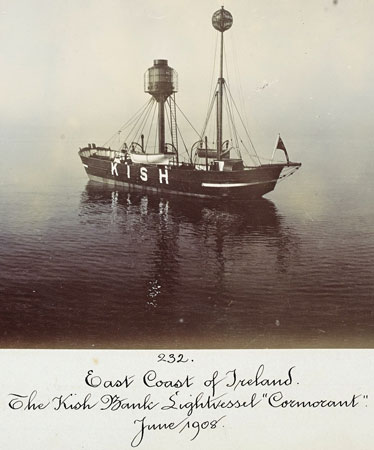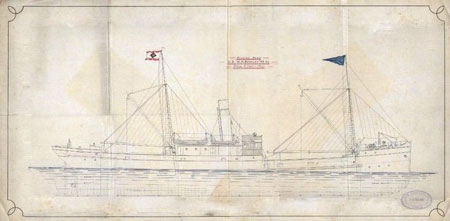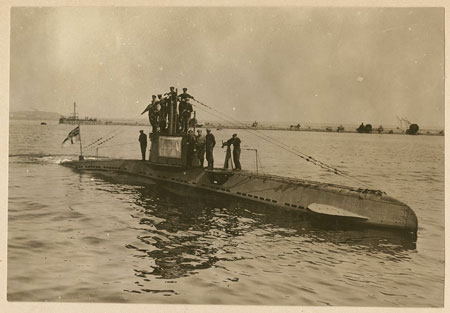My DNA says I am primarily Scots-Irish and German. My research tells me my ancestors were here before the Boston Tea Party. So I have a real sense of respect for pioneers, and especially those Scots-Irish who migrated to the New World. In my case, they all headed south, no one living farther north that Philadelphia. They were quickly sent out of there.
So on Saint Patrick’s when I read a piece about the W. M. Barkley; a steam cargo vessel owned by Guinness Brewery that was struck by a German U-boat, I was intrigued.
It all happened fairly quickly on the Irish Sea in October 1917. Guinness Brewery at St. James Gate in Dublin, Ireland owned the Barkley. The steamer was built in Troon, Scotland in 1898 and purchased by Guinness in 1913. The brewery used such cargo vessels to ship barrels of Guinness Stout to Liverpool on the northwestern coast of England. From there the stout was transported for sale worldwide. In 1914 the British Admiralty commandeered the Barkley and other steamers to transport road-building materials to France. The Barkley didn’t meet Royal Navy standards; she needed to stop too often to take on more coal so she was returned. Guinness Brewery welcomed the steamer home and after defensively arming her, put her back on the route Liverpool with barrels of Guinness Stout.
October 12, 1917 began as any normal day for the thirteen men Barkley crew. The 135-mile trip usually took most of the day, depending on weather. The challenge for the Barkley and every other floating vessel in the Irish Sea was to evade the deadly German submarines that targeted all enemy vessels and sunk most.

The Kish Light Vessel on the east coast of Ireland was actually a light ship fitted with
a beacon to alert ships to dangerous coastal rocks.
Three hours into their run about seven miles east of Kish Light Vessel, disaster struck with a vengeance. A torpedo from the German UC-75 hit the ship and split it in two. The crew headed for the lifeboat. Five officers did not make it, but the eight crewmembers in the lifeboat discovered that the Barkley was not sinking as rapidly as torpedoed vessels usually did. The steamer was trying to go down but all those stout barrels were fighting their way up through the hatches. It kept the ship afloat long enough for the men to get in the lifeboat. Crewmembers admitted it was the barrels that saved them. The barrels made it to the Irish shore before the crew did.
Alone in the cold dark, in the busy Irish Sea, without navigational equipment, the men were approached by the captain of the UC-75. He asked the name of the ship and its cargo. When satisfied that the eight men were not the enemy, the German captain pointed them in the direction of Ireland. All night the men called to passing ships. Finally they reached Dunnet Head, a lighthouse in Scotland. They were taken to Dublin at dawn’s light where they received a good shot of brandy, dry clothes, and a warm fire to banish their chills.
Later in the day, the men made their way to report their ordeal to government officials at the Custom House. There they waited three hours to be interviewed. Eventually they gave up waiting and returned to St. James Gate and Guinness Brewery.
As for the German submarine, the UC-75 had a fairly successful record of destruction. It sunk 56 ships, damaged eight, and sunk two warships on thirteen patrols. It was rammed and sunk by the HMS Fairy on May 31, 1918.
The Barkley crew continued to work for Guinness on cargo steamers. In 1964 the chef/steward told their tale. Today it is an Irish favorite.


